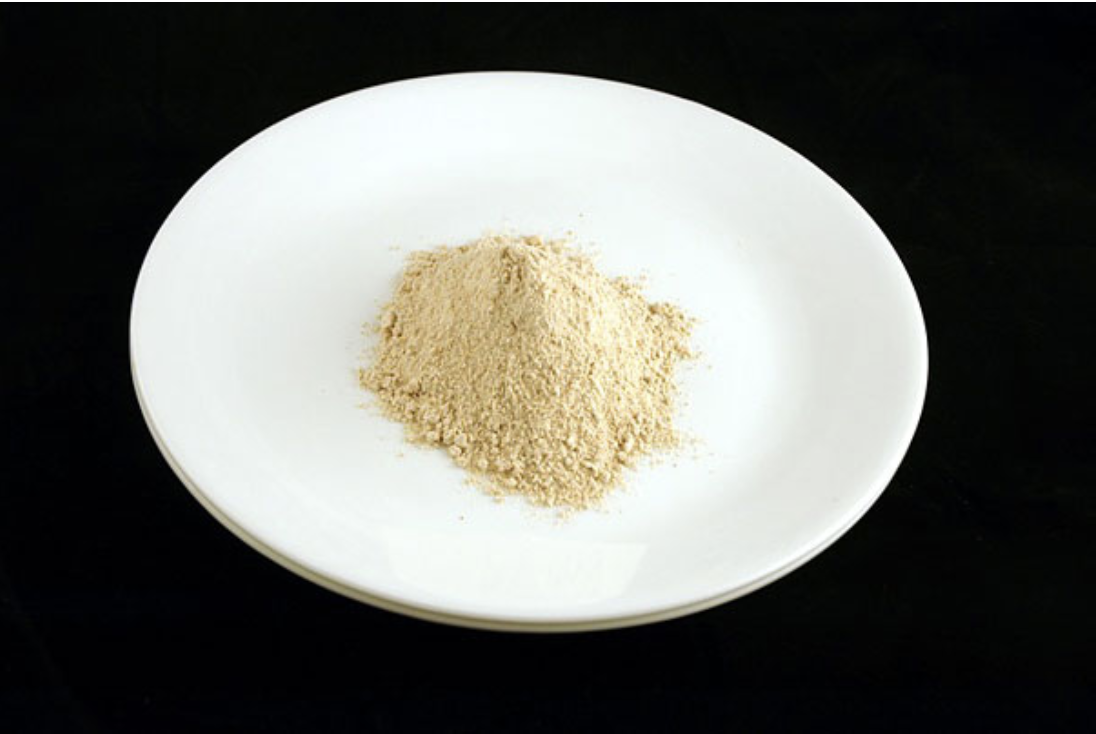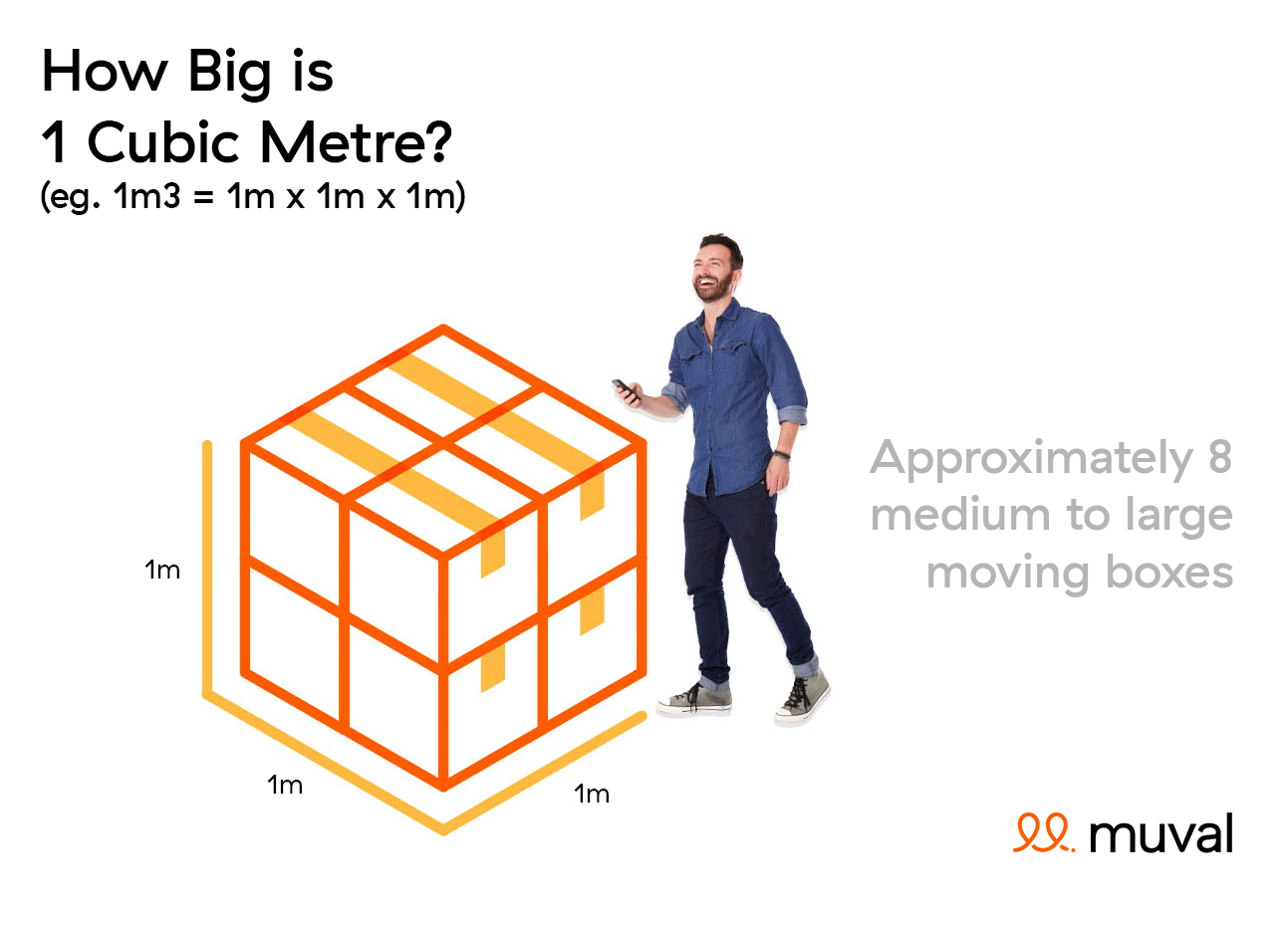Both OSHA PRCS standards define and quantify a Hazardous Atmosphere in terms of combustible dust using the distance one can see through the dust cloud...
|
Hazardous atmosphere means an atmosphere that may expose employees to the risk of death, incapacitation, impairment of ability to self-rescue (that is, escape unaided from a permit space), injury, or acute illness from one or more of the following causes: ... (2) Airborne combustible dust at a concentration that meets or exceeds its LFL; Note: This concentration may be approximated as a condition in which the dust obscures vision at a distance of 5 feet (1.52 m) or less. |
The "note" seems to exempt us from measuring the atmosphere, which is good because I don't think most facilities can measure dust concentrations. But having so much suspended dust that I can not see 5' is a lot of dust!
Does your program accept this quantity of combustible dust to be suspended in the atmosphere of space?
We always used "any visibly suspended dust" as our measure, as we had several different combustible dusts with widely varying LELs.
For example:
A 20' Container (like the one below) has 33.0 cubic meters (m3).
The LEL of grain dust is 55 grams per cubic meter (g/m3)
This means we need 1,815 grams of grain dust suspended within this space to achieve its LEL within that container's volume/space. A measuring cup we use for cooking is ~240 grams. This means we would need ONLY 7.5 cups of grain dust suspended inside this container to achieve the LEL of grain dust. We would be able to see the back wall EASILY, and that wall is 20' (4X's OSHA distance).

On a smaller scale, the image below shows 55 grams of Wheat powder on a dinner plate. If that much powder were suspended in just one (1) cubic meter (also shown below for scale), we would have achieved the LEL for grain dust within that one (1) cubic meter.
 |
 |
Do we think that much grain dust in that cubic meter would obscure our vision for 5'? Imagine having a cubic meter box made of plexiglass. 1m = 3 ft, so 1.5 m is shy of 5'. Tape a newspaper on one side and see if you can see the newspaper through that 55 grams of suspended grain dust. I am going to bet we can see clearly through it!













